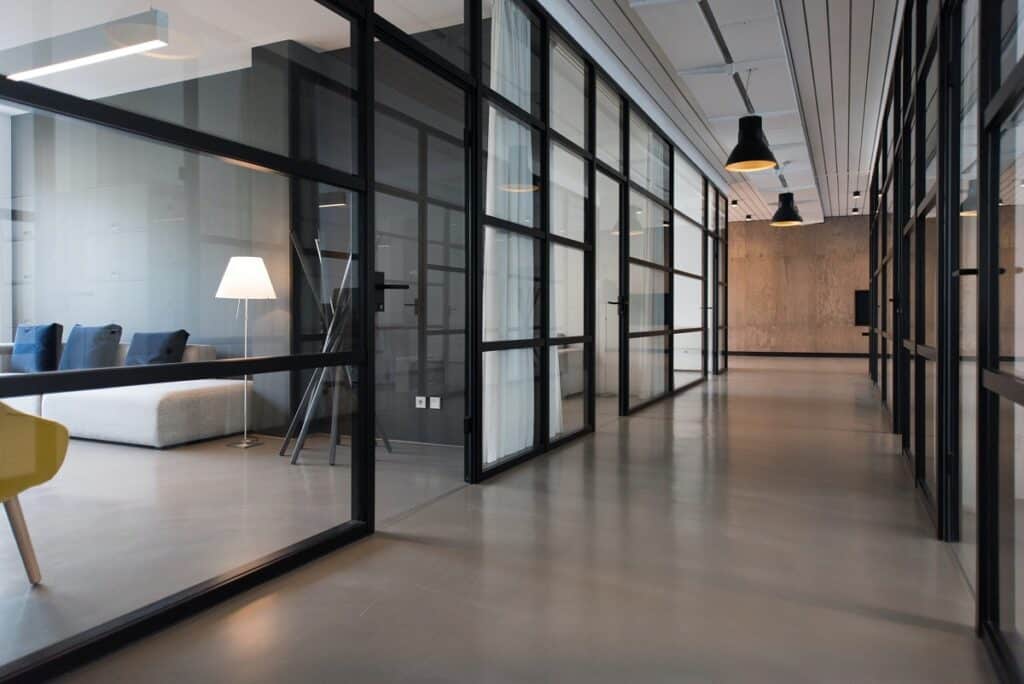According to Savills latest research, over 5.7m sq m of new office space will be completed in Europe in 2022, of which 49% is currently prelet.
A further 5.1m sq m of space is scheduled for 2023, of which 23% is already prelet. In total over the next two years, this marks a 43% increase per annum on the average level of completions over the previous five years. However, rising construction costs as well as shortages of materials and labour are adding pressure to supply chains and delaying some office completions. Furthermore, they are impacting fit out costs which in some countries in Europe, such as the UK, normally need to be paid for by the occupier and in others, such as the Nordics, by the landlord.
In terms of quantum of space, Berlin (1.8m sq m) and Munich (1.0m sq m) have the highest development pipelines in Europe by end of next year, according to the international real estate advisor. Barcelona (8.3%), Dublin (7.7%), Budapest (7.3%) and Berlin (5.6%) are seeing the highest proportions of speculative development as a proportion of existing stock by end 2023.
Mike Barnes, Associate Director, Savills Commercial Research, comments: “Although the development pipeline for European offices is as large as we have observed in recent years, occupiers’ appetite for new, energy efficient space continues to grow in order to meet self-imposed 2030 carbon emissions targets. Rising energy prices will further accelerate the demand for more energy efficient office buildings. For these reasons, we expect more of the new schemes will be let before completion.
“Overall, we anticipate European office take up to rise to circa 9m sq m in 2022 and maintain pace in 2023, in line with the previous five year average, as occupiers regain confidence and resume decision making post pandemic.”
Christina Sigliano, Savills EMEA Head of Occupier Services, says: “The next big question comes with what happens to secondary office stock amid obsolescence risk and how much landlords are willing to invest to ensure their buildings are still lettable. According to our research, the average cost of raising an office’s EPC rating from Grade D to Grade B stands at circa €500 per sq m. As a result, we anticipate the gap between prime and secondary rents to increase, creating new opportunities for developers to asset-manage older assets to achieve rental uplift.”
Given squeezed income yields across core European office markets, the proportion of investment transactions of prime standing stock is falling and developers are now responsible for a larger share of investment transactions, says Savills. Over the last six months, developers have accounted for 23% of total office investment, up from 19% prior to the pandemic, according to RCA, as institutional investors hold onto core assets, and developers seek opportunities to turn secondary assets into prime.
Read the full report here
Photo credit: Unsplash

























































